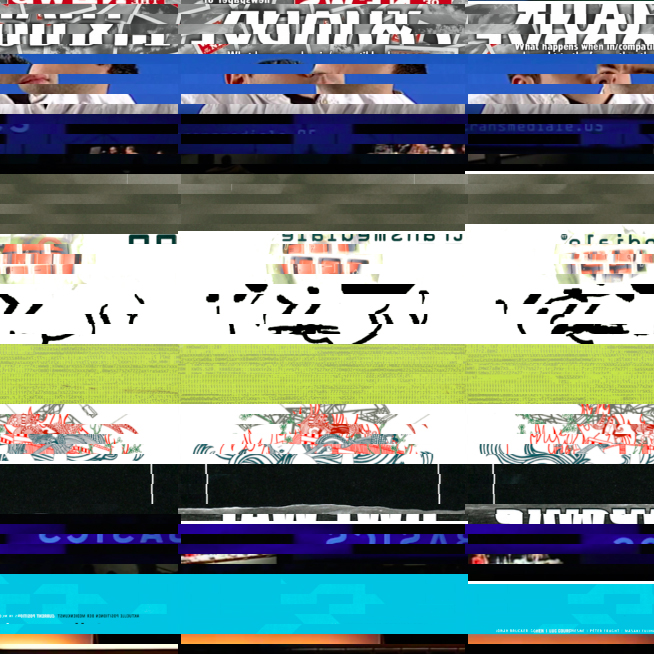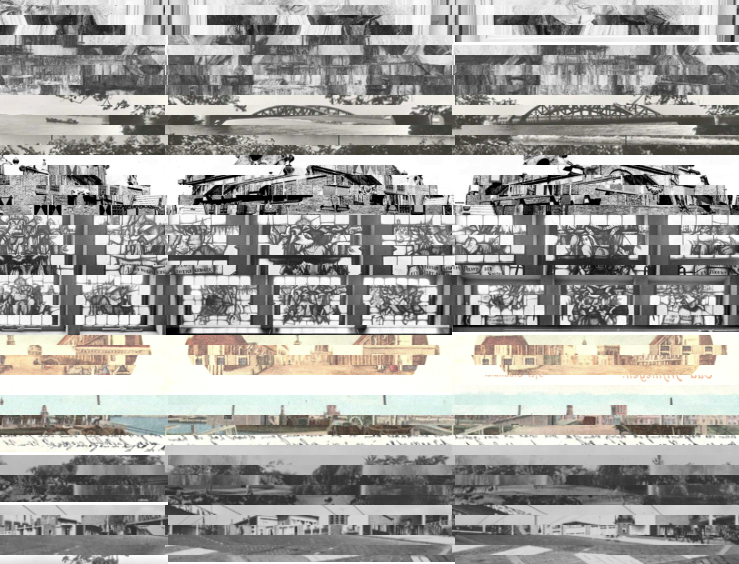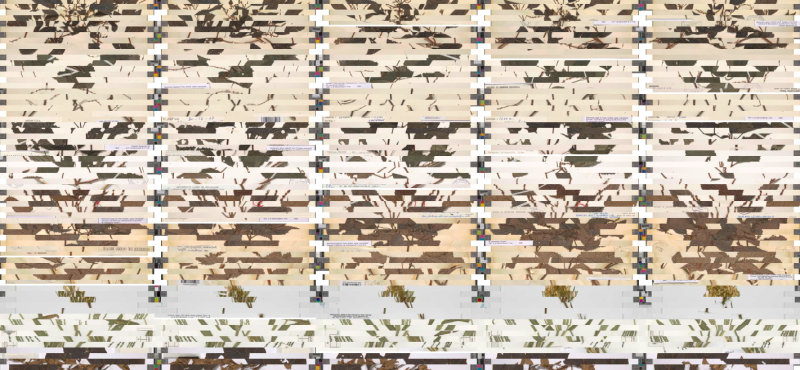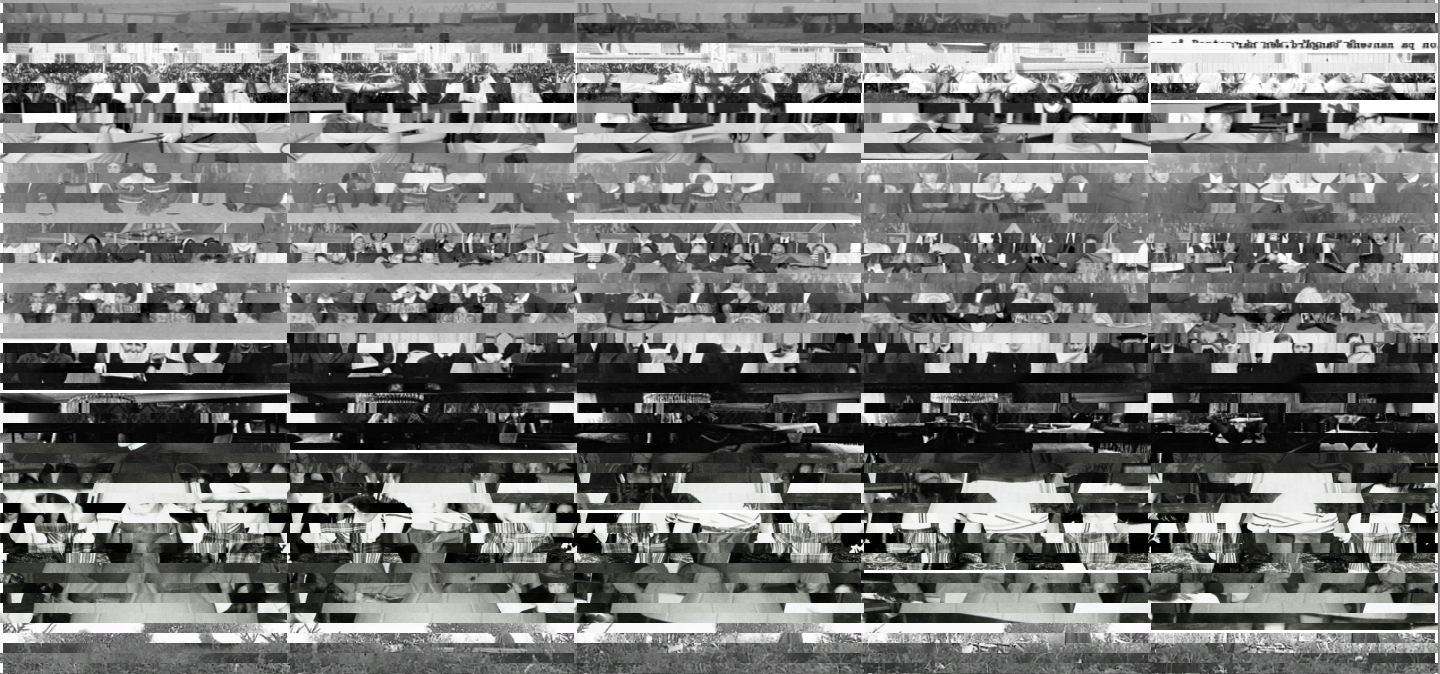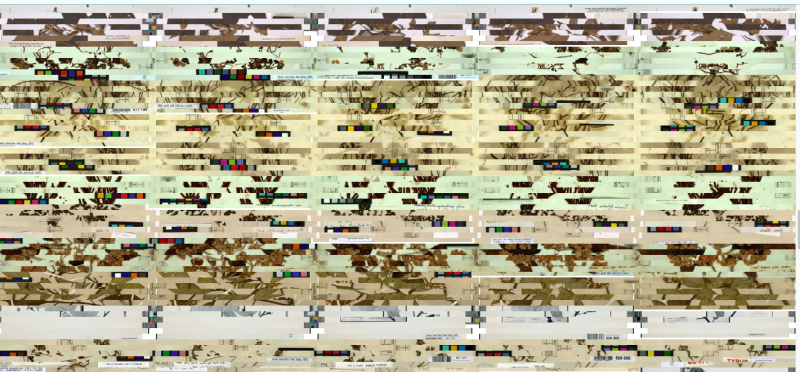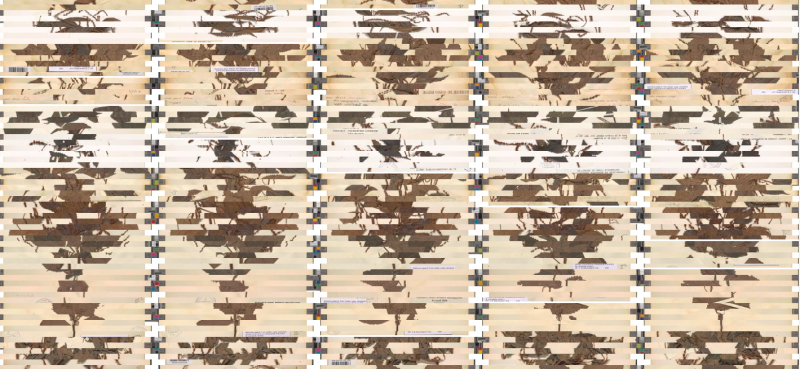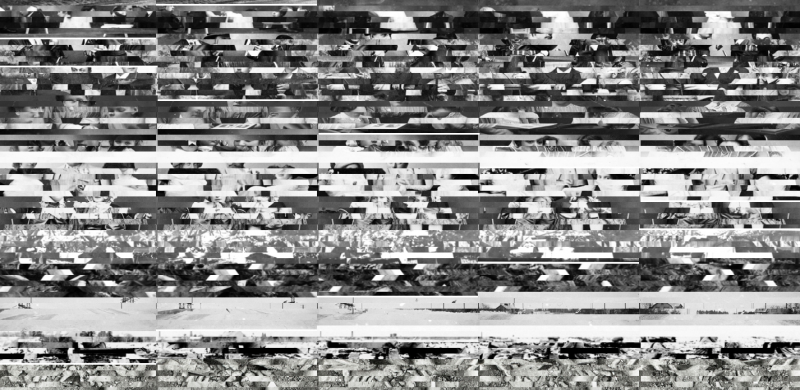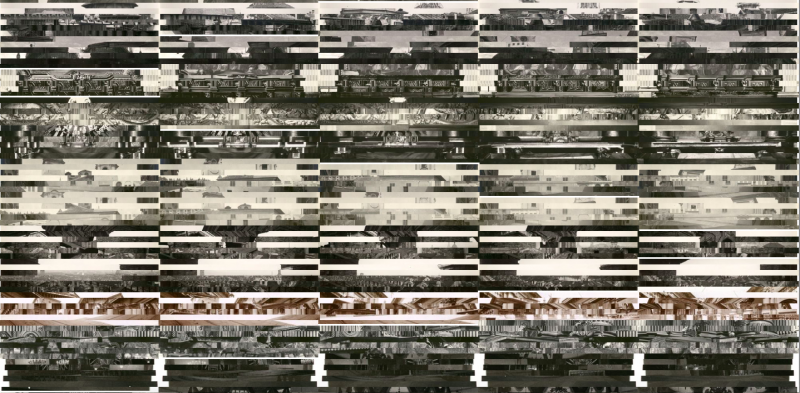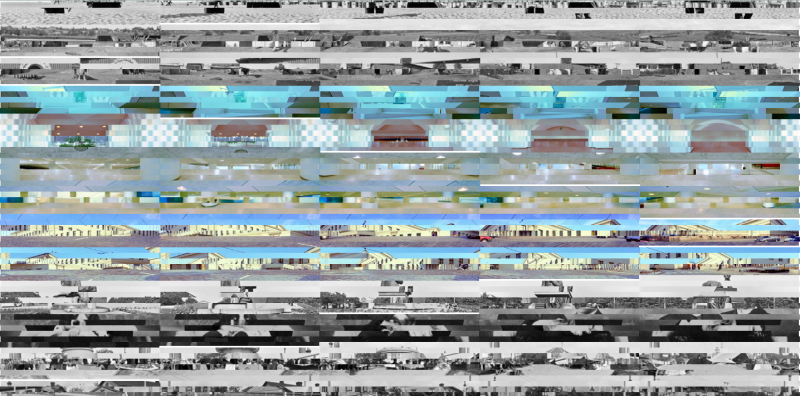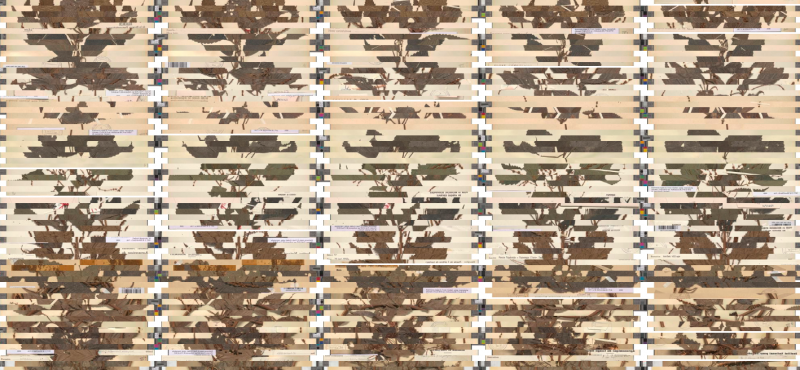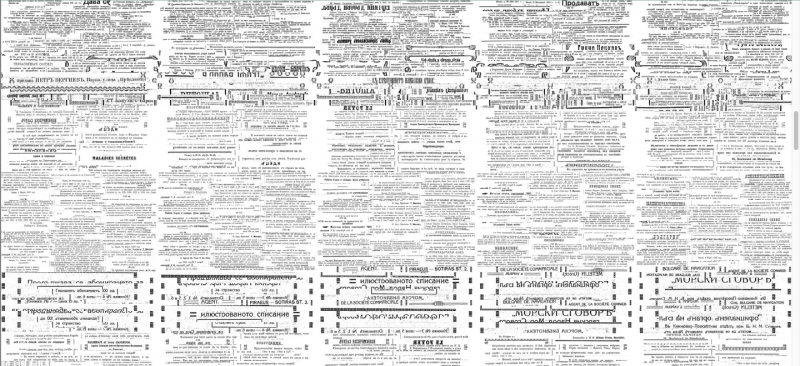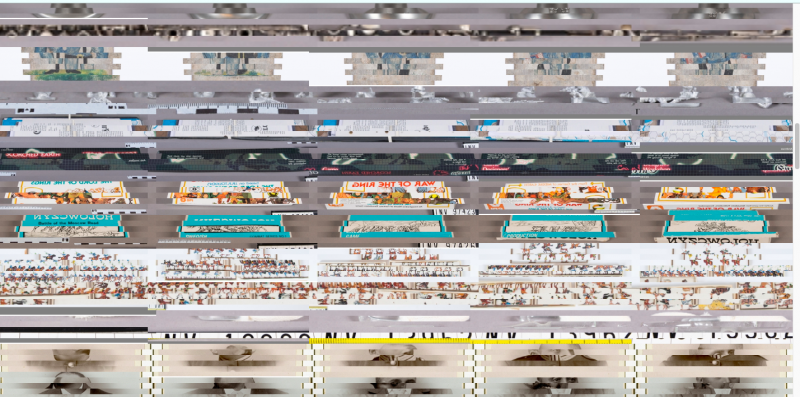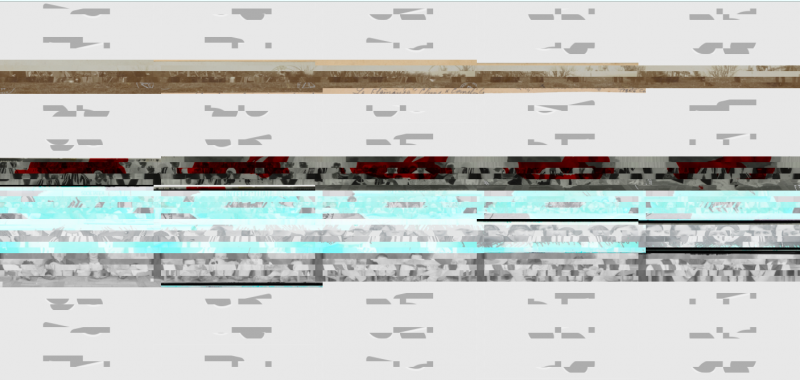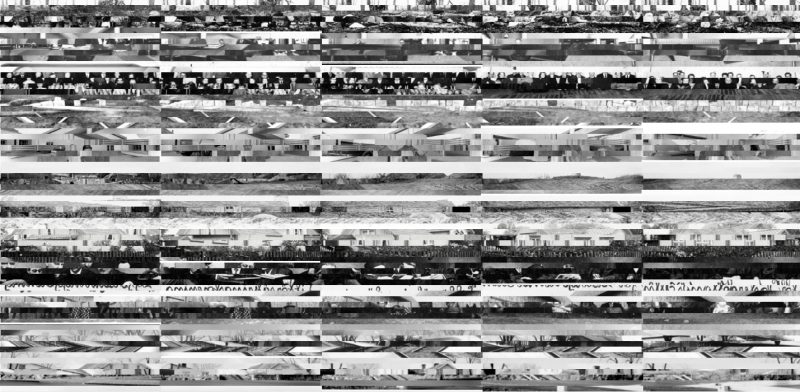The Moirae
The three Moirae are transformed from mythical entities to three algorithms and re-define the destiny of western art archival resources. The mythical beings acquire algorithmic substance and derive material from the open licensed repositories of Western culture heritage through the Europeana accumulator. The stored files become operational after being fragmented and rebuilt through structural modification.
In Greek mythology the three Moirae are:
• Clotho who spun the thread of life.
• Lachesis who measured the thread of life, allotted to each person with her measuring rot and decided who will take each part and how
he/she will be benefited.
• Atropos was the cutter of the thread of life.
The myth defines the function and behaviour model of the three algorithms.
As the mythical Clotho selects and prepares the raw material, the Clotho algorithm draws all the images to be processed by moirae.
Images are selected based on three criteria:
1. date. The images selected were added to Europeana platform three
days earlier following that Moirae appear on the third day of birth.
2. the file being edited is an image from an art collection
3. the edited files are licensed of free re-use and shared content
The algorithmic Lachesis deconstructs the images collected by Clotho.
After setting the number of pixels per line, it creates a continuous thread that is unwrapped on the screen. The way the new remodelled material is presented draws visual inspiration from textile weaving. The thread remains continuous and rotates from right to left and then from left to right creating an endless weft. This alignment creates new patterns through the relationships that neighbouring pixels develop.
The Atropos algorithm cuts pieces of this new digital woven and transforms them into standalone physical objects, giving them a separate unique life to live.
Please follow the link to watch Lachesis performance which is live and different every day depended on each day’s registries at Europeana platform.
Web developer: Thanos Eleftherakos
year
2020
acknowledgements
Karmit Evenzur, Rhonda Nolan, Heidi Lambrechts
